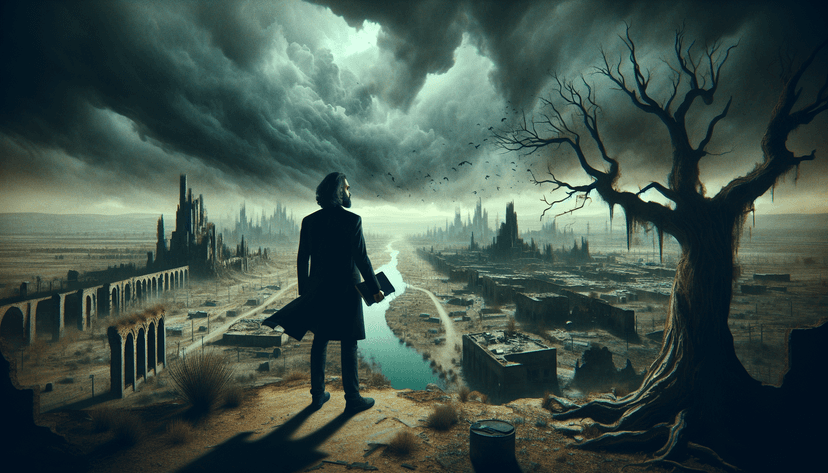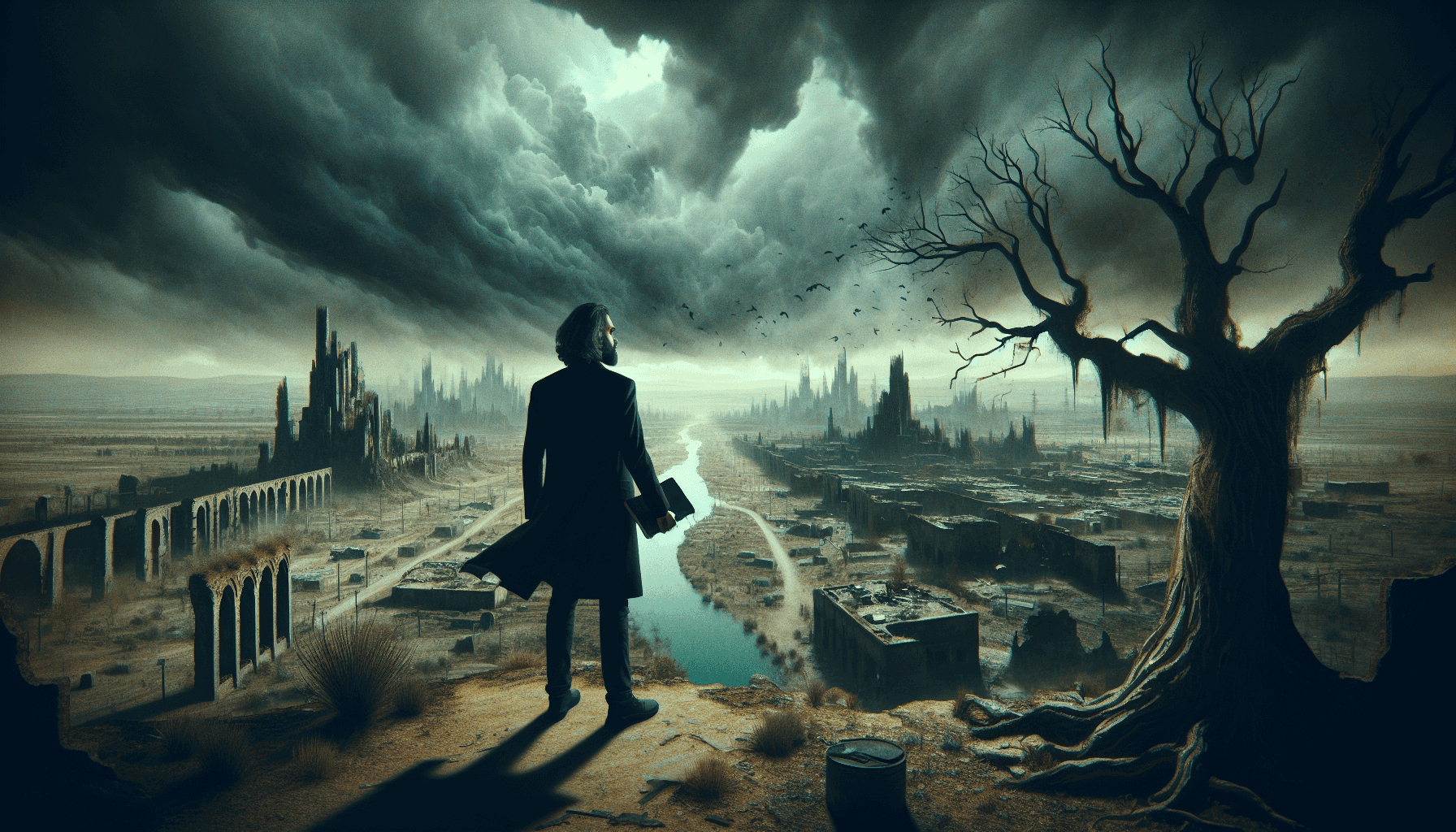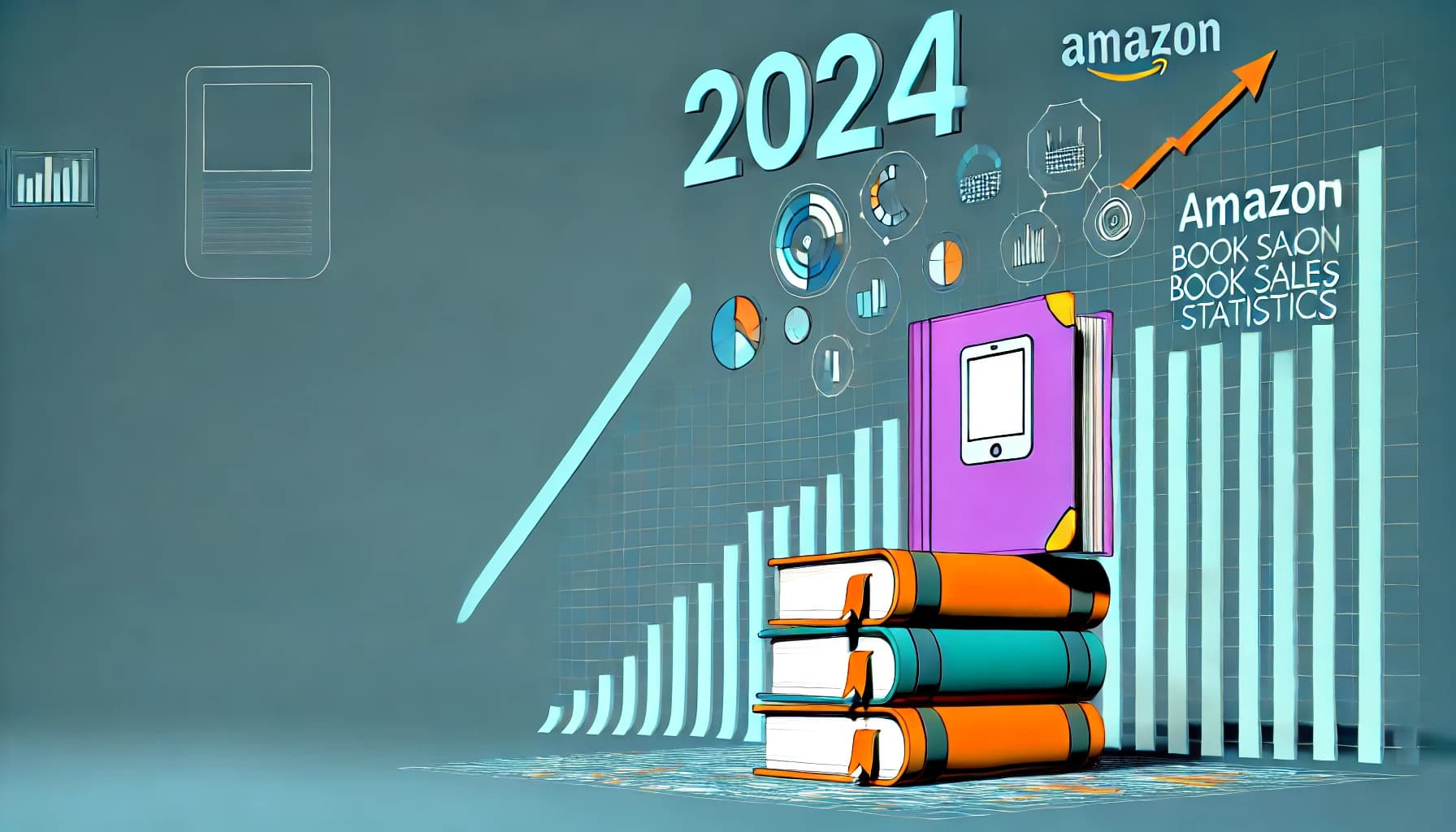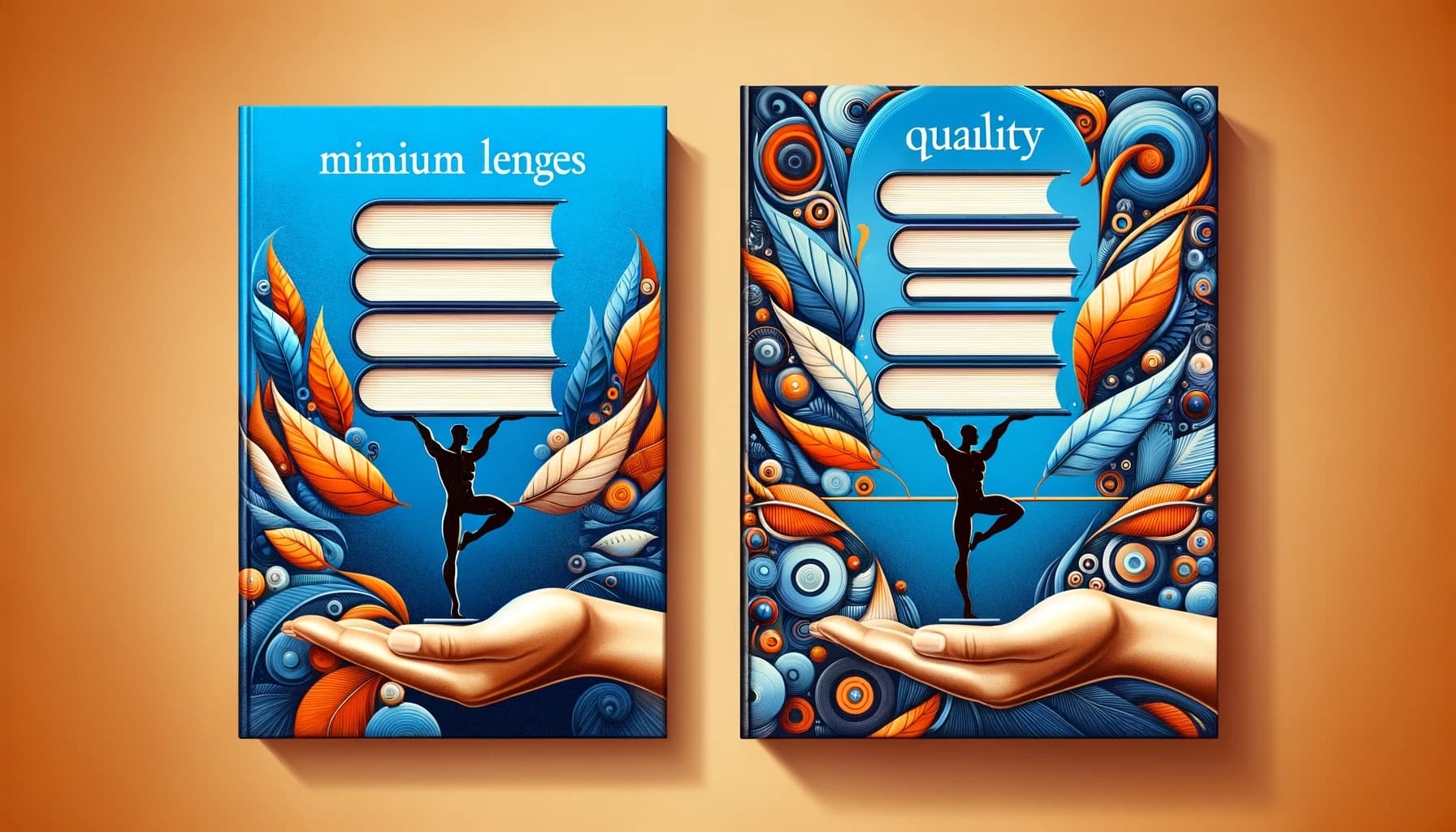Table of Contents
If you’ve ever stared at a blank page, wondering how to dive into the eerie allure of dystopian worlds, you’re not alone! Many writers struggle to find that perfect spark that brings a dark future to life. It can be tough to transform those unsettling thoughts into compelling stories.
But hang tight! If you stick with me, you’ll discover a treasure trove of dystopian writing prompts and tips that will ignite your imagination, helping you craft tales that captivate readers and leave them questioning their realities.
Ready to explore the chilling characteristics and creative elements of dystopian fiction? From unique settings to intriguing character ideas, we’re about to dive deep into the art of penning your next dystopian masterpiece!
Key Takeaways
- Use dystopian writing prompts to spark creativity; think of extreme challenges facing society.
- Common dystopian themes include loss of individuality, critique of technology, and power struggles.
- Create unique and believable settings, like post-apocalyptic worlds or societies ruled by AI.
- Develop compelling characters, such as reluctant heroes, disillusioned enforcers, or hopeful children.
- Incorporate vivid imagery and tight pacing to create tension and immerse readers in your world.
- Explore iconic dystopian works like *1984* and *The Hunger Games* for inspiration and ideas.
- Start with a “what if” scenario and include emotional subplots to enhance your story’s depth.

Dystopian Writing Prompts for Your Next Story
If you’re looking to ignite your creativity, consider using dystopian writing prompts to kickstart your next story.
Imagining a world where society faces extreme challenges can yield gripping narratives.
For instance, think about a future where technology controls the populace, or a society that has outlawed emotions.
Writing prompts can help you explore these scenarios further, allowing you to build detailed worlds.
Try prompts like, “What if everyone had to wear a device that predicts crimes before they happen?”
This not only sets the stage for conflict but also lets you dive into moral complexities.
Characteristics of Dystopian Fiction
Dystopian fiction often reflects societal fears, exaggerated to showcase potential futures.
Common features include oppressive governments, environmental disasters, or technological overreach.
Characters in these stories frequently grapple with loss of freedom, fighting against forces that suppress individuality.
The tone can range from bleak to hopeful, depending on the protagonist’s journey.
For example, in *The Handmaid’s Tale* by Margaret Atwood, the bleakness of a totalitarian regime contrasts with the resilience of its characters.
Different Types of Dystopian Settings
Dystopian settings can vary widely, offering a rich tapestry of potential backdrops for your stories.
You might set your tale in a post-apocalyptic wasteland, where survivors battle for resources.
Or consider a society governed by advanced AI that decides every aspect of people’s lives.
Urban settings can also play a pivotal role, with sprawling megacities where the wealthy thrive while the poor languish.
Unique environments like underwater cities or space colonies allow you to push boundaries of imagination.
Each setting comes with its own set of societal rules and technological advancements, shaping your character interactions.

Common Themes in Dystopian Writing
Dystopian fiction often tackles significant themes that resonate with our current societal issues.
One major theme is the loss of individuality, where characters struggle against oppressive systems.
Another prevalent theme is the critique of technology, showing how it can both liberate and enslave.
Environmental collapse serves as a backdrop in many stories, highlighting our relationship with nature.
Power struggles and the fight against tyranny are also central, driving tension and conflict.
Stories often explore the morality of survival, questioning what we’re willing to do to stay alive.
Character Ideas for Dystopian Stories
Creating compelling characters is crucial in dystopian narrative, as they often represent various facets of society.
Consider a reluctant hero who initially benefits from the oppressive system but eventually becomes a rebel.
A disillusioned enforcer could provide an interesting perspective, torn between duty and morality.
How about a child born into this harsh world, symbolizing hope for the future?
Bringing in a tech-savvy outcast could highlight the conflicts between human and machine.
Lastly, an elderly survivor might offer wisdom and reflections from a time long gone, bridging the gap between past and future.
How to Develop a Dystopian Society
Building a believable dystopian society requires attention to detail and understanding of societal mechanics.
Start by defining the socio-political structure: Who holds the power and how is it maintained?
Next, determine the rules that govern daily life, like strict curfews or surveillance measures.
Consider the economic system in place; is it a barter system, or are there high-tech currencies?
Focus on the cultural aspects, including language, traditions, and anything that shapes the population’s identity.
Lastly, don’t forget to incorporate resistance elements; the presence of rebels can create tension and drive the plot.
Writing Techniques for Dystopian Narratives
Crafting a gripping dystopian tale involves a few key writing techniques.
Use vivid imagery to paint a bleak picture of your world, creating a strong sense of atmosphere.
First-person narratives can immerse readers deeply into the protagonist’s thoughts and struggles.
Incorporate dialogue that reveals the harsh realities of your society; it adds authenticity and depth.
Keep the pacing tight to maintain tension, especially during critical scenes that reveal the influence of the dystopian environment.
Leave room for ambiguity; not every question needs an answer to spark the reader’s imagination.
Examples of Popular Dystopian Works
Several iconic works have set the stage for what dystopian fiction can achieve.
Consider *1984* by George Orwell, a chilling tale of surveillance and totalitarianism.
Another is *Brave New World* by Aldous Huxley, which critiques consumerism and technological advancement.
For a modern take, look at *The Hunger Games* series by Suzanne Collins, highlighting class division and media manipulation.
Each of these works not only provides entertainment but also provokes thought about our own society.
Exploring these examples can inspire unique plotlines and character development in your writing.
Tips for Creating Engaging Dystopian Plots
To craft a captivating dystopian plot, consider these practical tips.
Start with a compelling “what if” scenario that challenges societal norms.
Introduce a relatable protagonist who faces significant obstacles but has a clear goal.
Include twists that reveal deeper truths about the world, keeping the reader guessing.
Build subplots that explore personal connections amidst chaos, adding emotional depth.
Make sure to maintain a sense of urgency, ensuring every action has stakes that resonate with the reader.
FAQs
Common characteristics include oppressive societal control, a loss of individual freedoms, a dehumanizing environment, and the presence of a pervasive ideology that controls the populace, often leading to bleak futures for characters.
Recurring themes include the struggle for individuality, the corrupting influence of power, surveillance and privacy concerns, societal collapse, and the effects of technology on humanity, often highlighting moral dilemmas faced by characters.
To develop a credible dystopian society, consider its governing structure, social norms, economic systems, and the technologies in use. Exploring how these elements influence daily life and individual choices is crucial for authenticity.
Effective techniques include utilizing unreliable narrators, incorporating foreshadowing, creating vivid world-building, and employing conflict-driven storytelling. These elements can deepen reader engagement and highlight the themes of despair and resistance.



